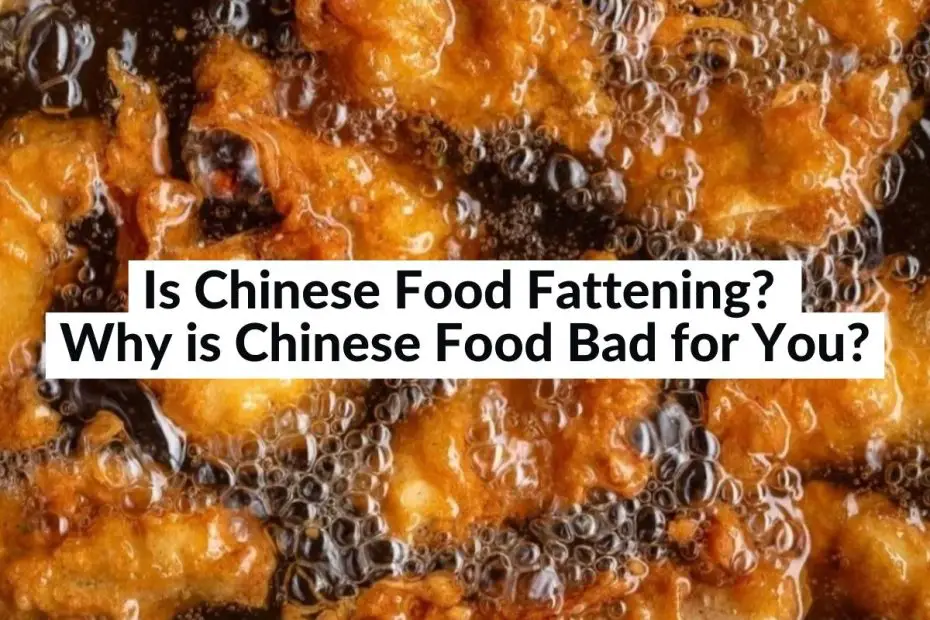In recent years, Chinese cuisine has become increasingly popular worldwide. With its diverse range of flavors and ingredients, Chinese food is a favorite of many people.
However, some people are concerned about the potential health risks associated with consuming Chinese food.
In this article, we will examine whether Chinese food is fattening and why it can be bad for you.
What Makes Chinese Food Fattening?
High-Calorie Content
Chinese food can be high in calories due to its preparation methods. Many dishes are fried, which adds calories and fat.
Additionally, sauces and seasonings used in Chinese cuisine are often high in sugar and salt, which can contribute to weight gain.
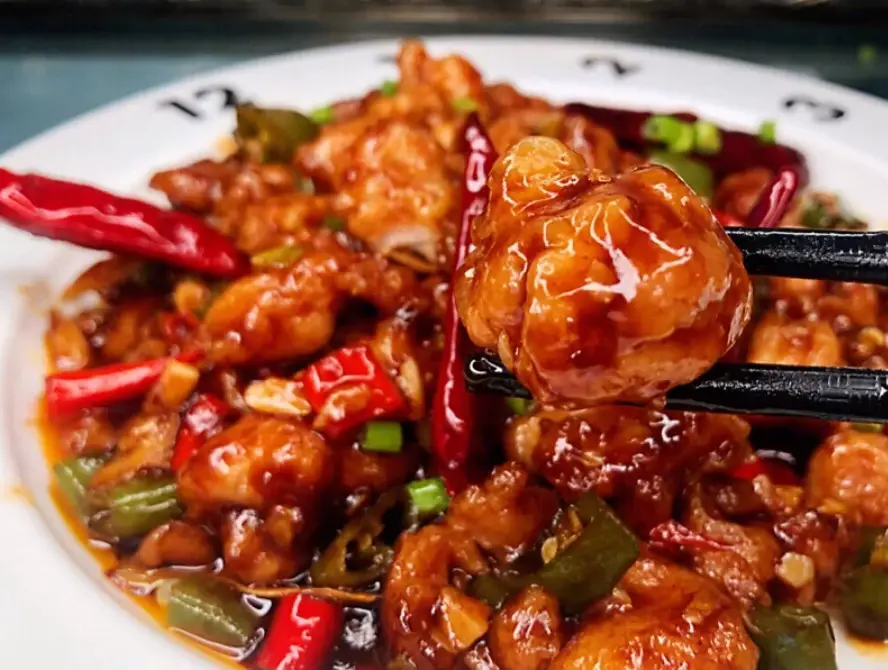
One example of a high-calorie Chinese dish is General Tso's chicken, which is deep-fried and coated in a sweet and spicy sauce.
A typical serving size of this dish can contain around 1,500 calories, which is more than half of the daily recommended calorie intake for an average adult.
The high-calorie content of General Tso's chicken is largely due to the frying and the sauce, which contains sugar, cornstarch, and soy sauce.Large Portion Sizes
Another factor that can make Chinese food fattening is the large portion sizes. Chinese restaurants often serve large platters of food, which can encourage overeating.
The American Heart Association recommends that a healthy serving size of meat should be around three ounces, which is smaller than what is typically served in Chinese restaurants.
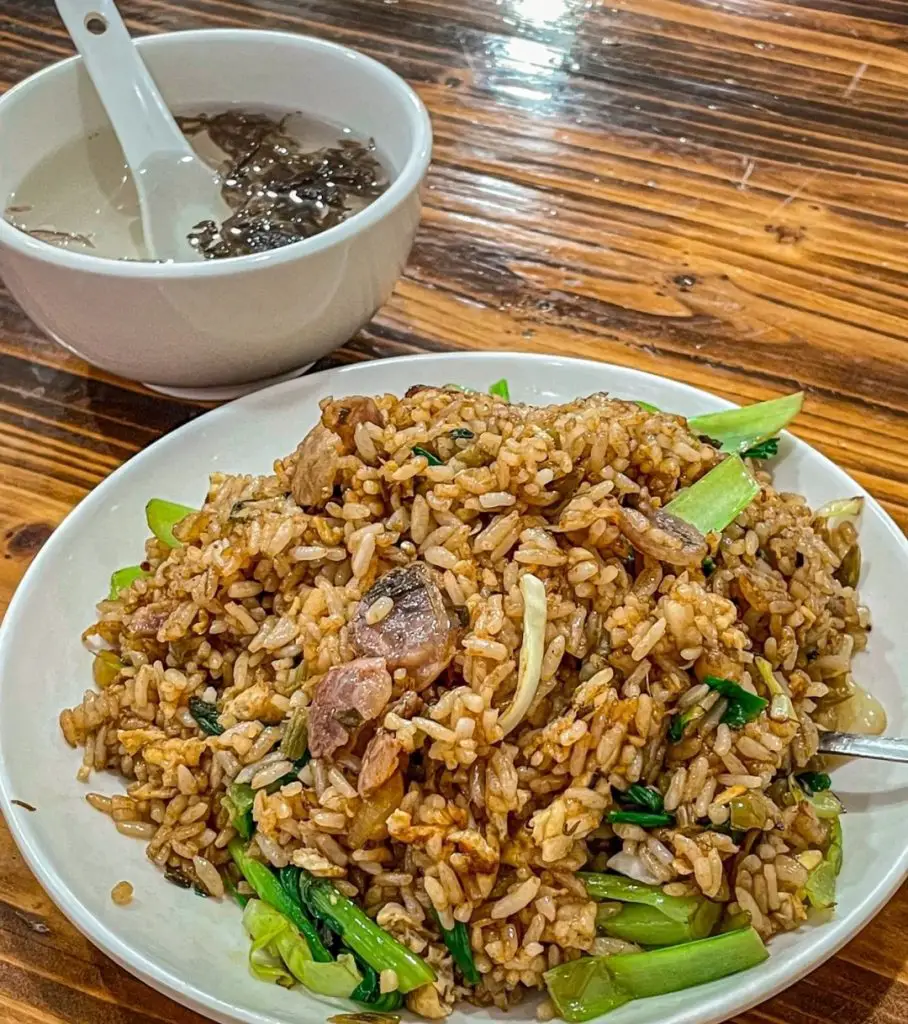
An example of a Chinese dish that is often served in large portions is fried rice. (Why Chinese eat so much rice but still thin?)
A typical serving of fried rice in a Chinese restaurant can contain around 1,500 calories, which is more than the recommended calorie intake for an entire day.
The large portion size of fried rice can contribute to overeating and weight gain.Lack of Nutritional Value
Chinese food can also be low in nutritional value. Many dishes are made with refined carbohydrates such as white rice, which lacks fiber and essential nutrients.
Additionally, some dishes are high in sodium, which can lead to health problems such as high blood pressure and heart disease.
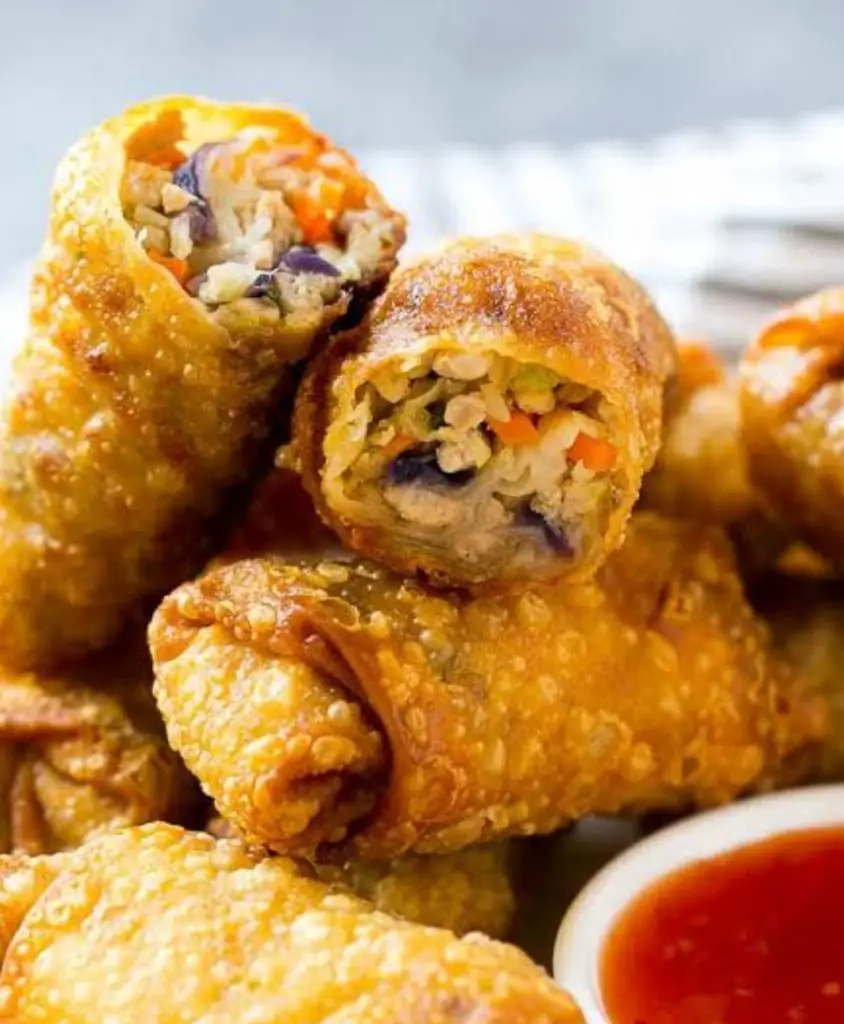
Another example of a Chinese dish that may lack nutritional value is egg drop soup. (Ever wonder why Chinese eat so many eggs?)
While it may be low in calories, egg drop soup is often high in sodium and does not contain many essential nutrients. Top 9 Most Fattening Chinese Dishes
| Food Name | Reason for High Calorie Content | Estimated Calories per Serving |
|---|---|---|
| General Tso’s Chicken | Deep-fried and coated in a sugary, high-calorie sauce | 1,300 |
| Sweet and Sour Pork | Fried and coated in a sweet and tangy sauce | 1,200 |
| Beef and Broccoli | Often cooked in high-calorie oils and sauces | 1,000 |
| Crab Rangoon | Deep-fried and filled with cream cheese and crab meat | 500 per 4 pieces |
| Fried Rice | Cooked with oil and often includes high-calorie ingredients like meat and eggs | 400-500 |
| Lo Mein | Made with egg noodles and often cooked with high-calorie oils and sauces | 400-500 |
| Orange Chicken | Deep-fried and coated in a sweet and tangy sauce | 1,200 |
| Kung Pao Chicken | Stir-fried with high-calorie oils and often coated in a sugary, spicy sauce | 900 |
| Egg Rolls | Deep-fried and filled with high-calorie ingredients like pork and vegetables | 200-300 per roll |
Looking at the table, it’s clear that many popular Chinese dishes are high in calories, with General Tso’s Chicken and Sweet and Sour Pork leading the pack with over 1,000 calories per serving. These dishes are typically deep-fried and coated in sugary, high-calorie sauces, making them delicious but also very unhealthy.
Other dishes like Beef and Broccoli, Orange Chicken, and Kung Pao Chicken are often cooked with high-calorie oils and sauces, which can add up in terms of calories. Fried rice and lo mein are also high in calories, as they’re often cooked with oil and include ingredients like meat and eggs that can be high in fat.
However, it’s important to note that not all Chinese food is unhealthy. Many dishes, such as steamed vegetables, soups, and stir-fried dishes with lean protein like chicken or shrimp, can be healthy and nutritious. When dining out at a Chinese restaurant, it’s a good idea to choose these healthier options and limit the intake of high-calorie dishes.
Why Is Chinese Food Bad for You?
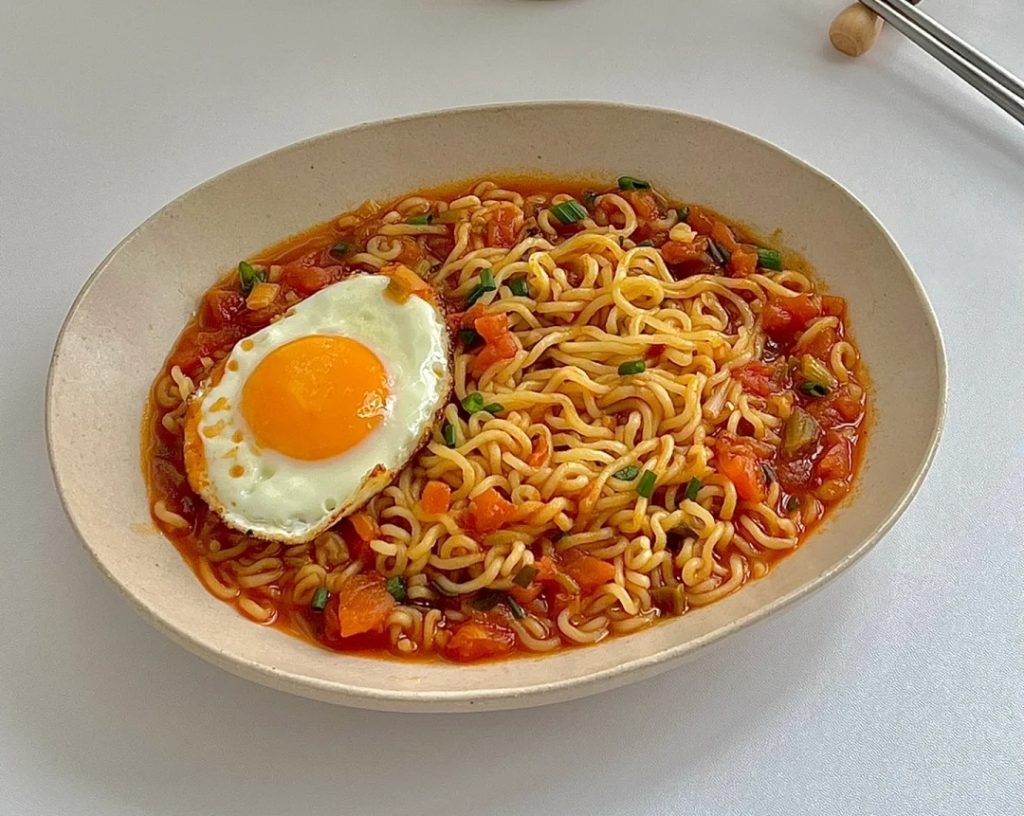
| Reason | Explanation | Example Dish |
|---|---|---|
| High Sodium Content | A diet high in sodium can increase the risk of high blood pressure, stroke, and heart disease. Chinese food can be high in sodium due to the use of sauces, seasonings, and MSG. | Kung Pao Chicken: A spicy Szechuan dish made with chicken, vegetables, and peanuts. A typical serving of Kung Pao Chicken can contain up to 1,300 milligrams of sodium. |
| Trans Fats | Chinese food often contains trans fats, which can increase the risk of heart disease and stroke by raising LDL cholesterol levels. Trans fats are often found in deep-fried foods, such as Chinese egg rolls. | Egg Rolls: A popular Chinese-American appetizer made by stuffing vegetables and sometimes meat into a deep-fried egg roll wrapper. A single egg roll can contain up to 200 calories and 7 grams of fat, including trans fats. |
| Additives and Preservatives | Some Chinese food may contain additives and preservatives, which can be harmful to health. These ingredients may be added to enhance the flavor or extend the shelf life of the food. | Instant Noodles: A common Chinese snack made by cooking dried noodles in boiling water and adding flavoring packets. Many brands of instant noodles contain high levels of sodium and MSG, as well as preservatives such as TBHQ. |
What Chinese Food is Low in Cholesterol?
Cholesterol is a fatty substance that is produced by your liver and is also found in some foods. There are two types of cholesterol: LDL (low-density lipoprotein) and HDL (high-density lipoprotein). LDL is known as “bad” cholesterol because it can lead to the buildup of plaque in your arteries, while HDL is known as “good” cholesterol because it helps to remove excess cholesterol from your body.
1. Steamed Dumplings
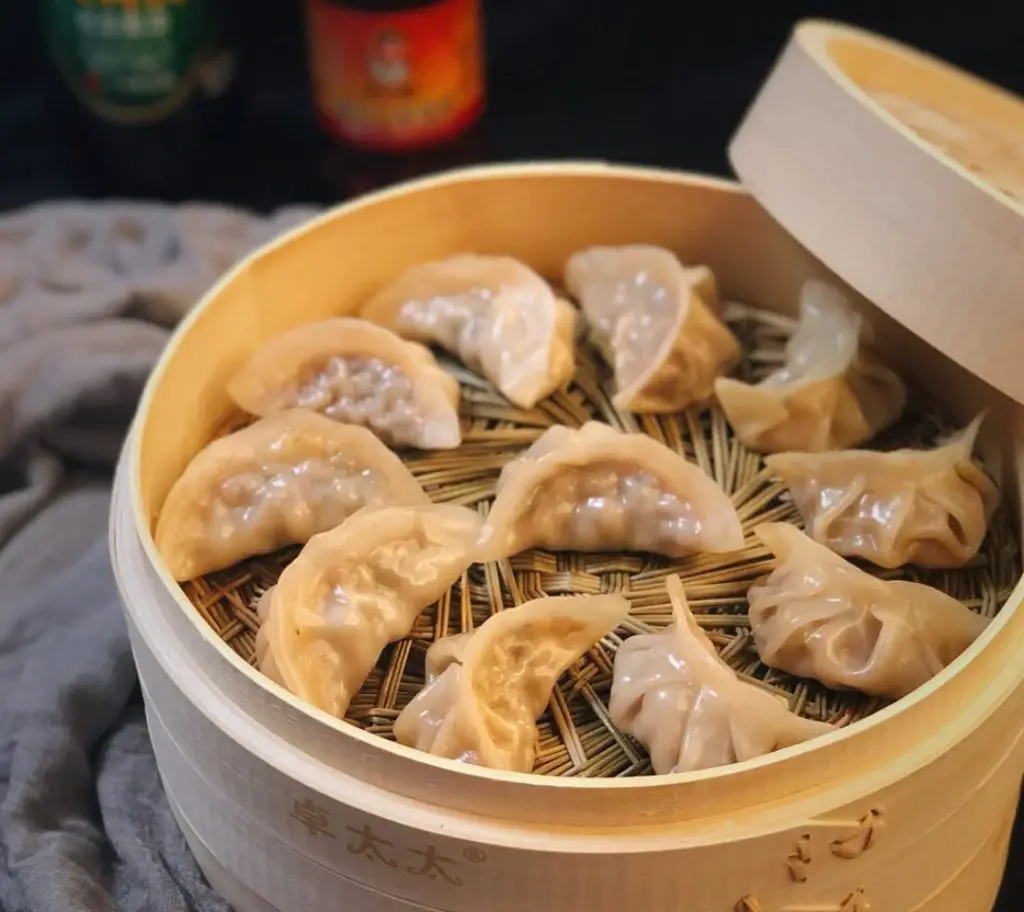
Steamed dumplings are a popular Chinese dish that is low in cholesterol. They are made from a thin dough that is filled with vegetables or meat and then steamed. This cooking method keeps the dish healthy and low in cholesterol.
2. Stir-Fried Vegetables
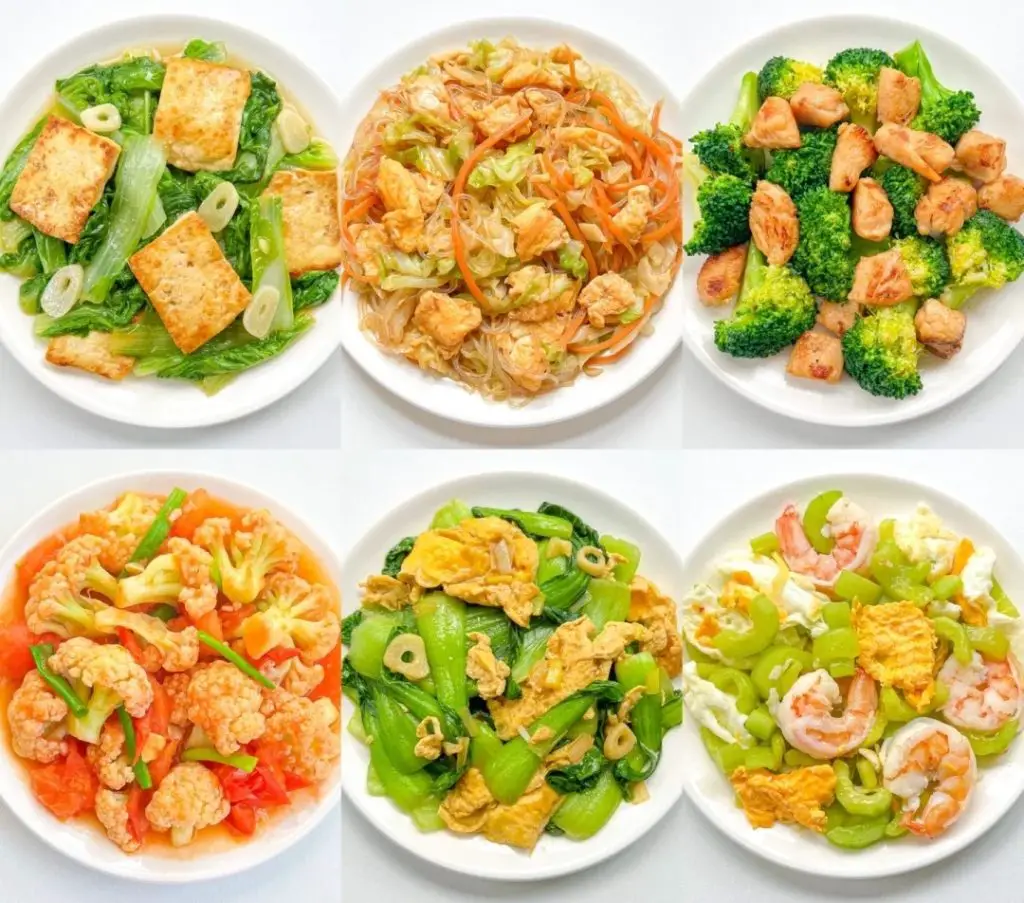
Stir-fried vegetables are another excellent choice for those looking for low-cholesterol Chinese food. Vegetables such as broccoli, snow peas, and carrots are high in fiber and low in cholesterol, making them a great option.
3. Hot and Sour Soup
Hot and sour soup is a tangy and flavorful Chinese soup that is low in cholesterol. It’s typically made with chicken broth, tofu, mushrooms, and other vegetables, making it a healthy and nutritious choice.
4. Moo Shu Vegetables
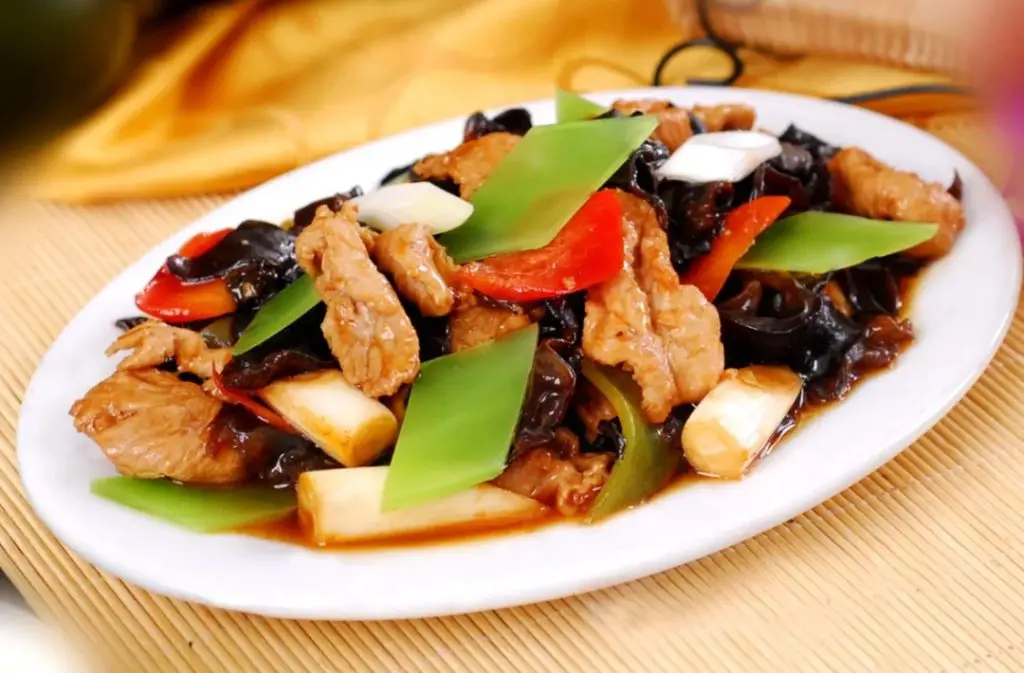
Moo Shu vegetables are a vegetarian version of the popular Chinese dish Moo Shu Pork. It’s made with scrambled eggs, mushrooms, and cabbage, making it a healthy and low-cholesterol option.
5. Steamed Fish
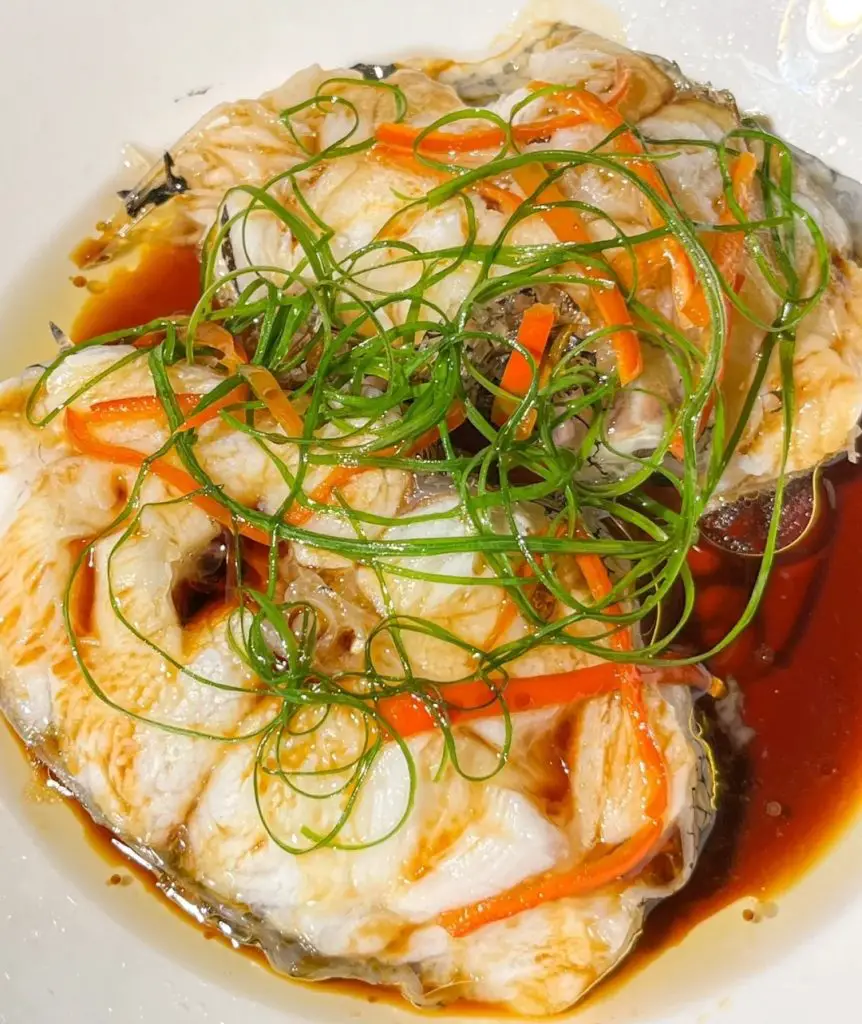
Steamed fish is a healthy and delicious Chinese dish that is low in cholesterol. It’s typically made with fresh fish, ginger, scallions, and soy sauce, making it a nutritious and flavorful choice.
6. Leafy Vegetables
When ordering Chinese food, consider adding some leafy greens to your dish, such as a side of sautéed bok choy or a stir-fry with spinach. This will not only increase the nutritional value of your meal but also help keep your cholesterol levels in check.
FAQs:
Yes, there are many traditional Chinese dishes that are particularly healthy, such as steamed vegetables and seafood, stir-fried dishes with lean proteins and plenty of vegetables, and soups that are low in sodium.
Some popular high-calorie Chinese dishes that you should avoid include sweet and sour chicken, General Tso’s chicken, fried rice, and dishes that are deep-fried or served with heavy sauces.
Yes, there are often differences between Chinese food served in China versus in Western countries. Chinese food in the West may be adapted to suit Western tastes, which can sometimes mean more sugar, salt, or fat in the dishes. Additionally, some Chinese dishes that are popular in the West may not be as common in China.
Some tips for cooking Chinese food at home that is healthier than takeout include using lean proteins like chicken or tofu, steaming or stir-frying vegetables instead of deep-frying them, and using less oil and sodium in your cooking.
